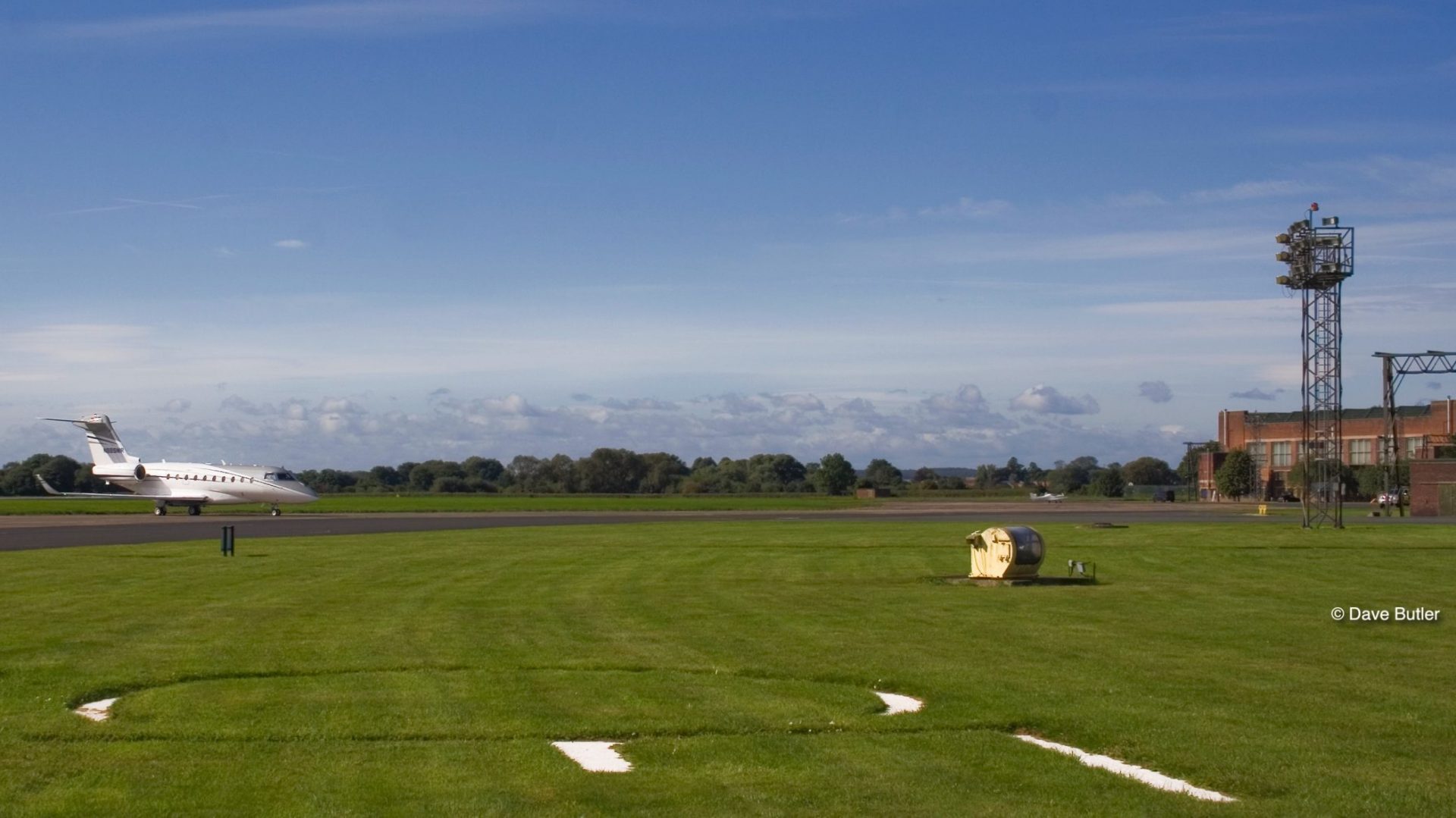During this period, the airfield was home to many squadrons and aircraft types, such as Spitfires, Hurricanes, Mosquitoes, Blenheims, Beaufighters, Typhoons and Mustangs. As with all of the RAF, inevitably a number of Church Fenton aircrew paid the ultimate price in the defence of Britain.
From the start of the war, until August 1940, Church Fenton was a sector station in 13 Group, being home to both defensive and offensive squadrons. Because of Church Fenton’s remoteness from southern England, it had a limited part to play in the Battle of Britain, being used as a base for battle-scarred fighter squadrons to rest and work back up to operational status. Its main job was being part of the defensive network of fighter airfields that protected the industrial cities of northern England from attack by German bombers. Concrete runways had been laid by the end of 1939.
With the development of primitive airborne radar allowing night intercepts to be made more successfully, a need for specially trained aircrew was identified. On 10 August 1940 Church Fenton was transferred to 12 Group, and with this its’ role changed to the training of night-fighter aircrew. The first night-fighter Operational Training Unit (54 OTU) was then formed at Church Fenton. 54 stayed at Church Fenton until May 1942, when it moved to RAF Charter Hall.
Below can be seen a facsimilie of the camouflage scheme for RAF Church Fenton, dated March 1942. This fascinating document illustrates just how much trouble the RAF went to to protect their airfields. This image was discovered on the East Riding of Yorkshire council website, WW2 memories section.

Between May 1942 and the end of the war in Europe in May 1945, the station was a sector station in 12 group, employed in an offensive/defensive role – offensive sorties being carried out on targets in northern Europe, and defensive sorties aiming to stop local cities being bombed by German intruders.
In the run-up to D-Day, 21 Base Defence Sector formed at RAF Church Fenton with effect from 1st Jan 1944. Along with 24 and 25 BDWs within 85 (Base) Group they were formed to provide radar cover over the beaches for the Allied air forces. They were a mobile radar unit and 21 Sector landed on Omaha beach on D-Day. For more information please see the excellent website at http://www.therafatomahabeach.com/

An early mark Spitfire having its cannons tested in 1942 
The Church Fenton parade ground, with a camouflaged building and the water tower behind. © Hugh Halliday
A few “Claims to fame” of Church Fenton are the facts that it was the home of the first RAF “Eagle” Squadron of American volunteers (71 – made famous at the start of the “Pearl Harbor” film), the first all-Canadian RAF Squadron (242), and the first all-Polish RAF Squadron (306).

